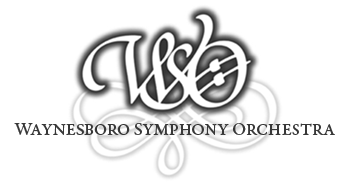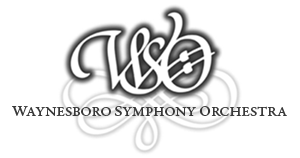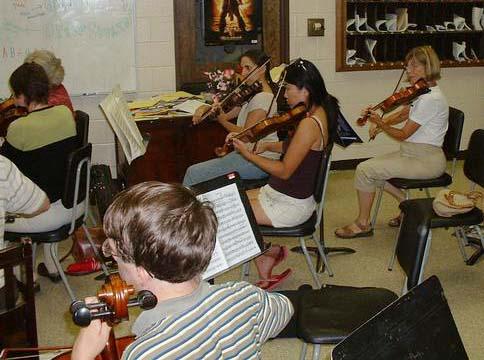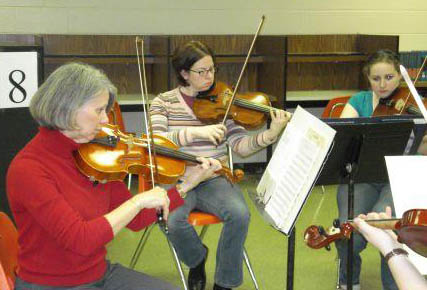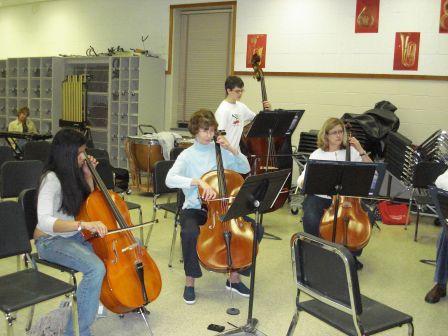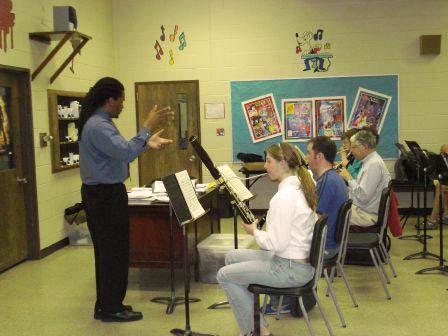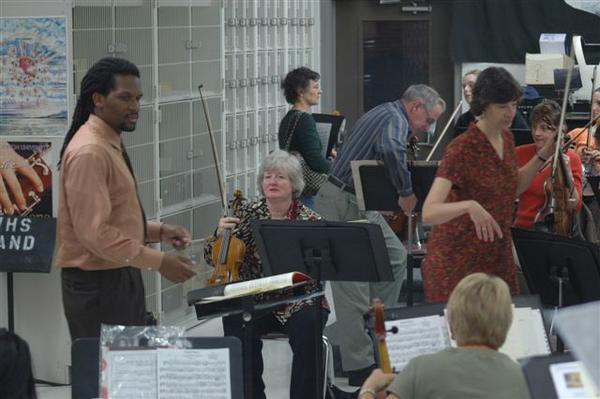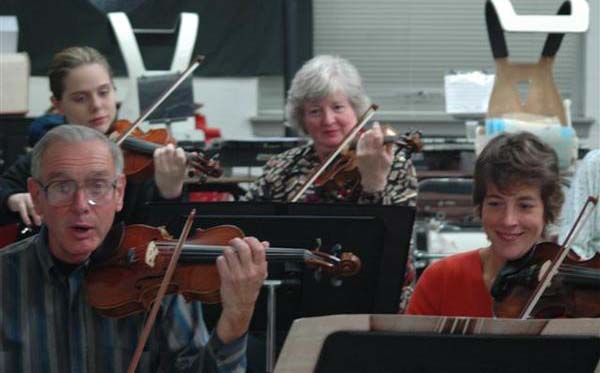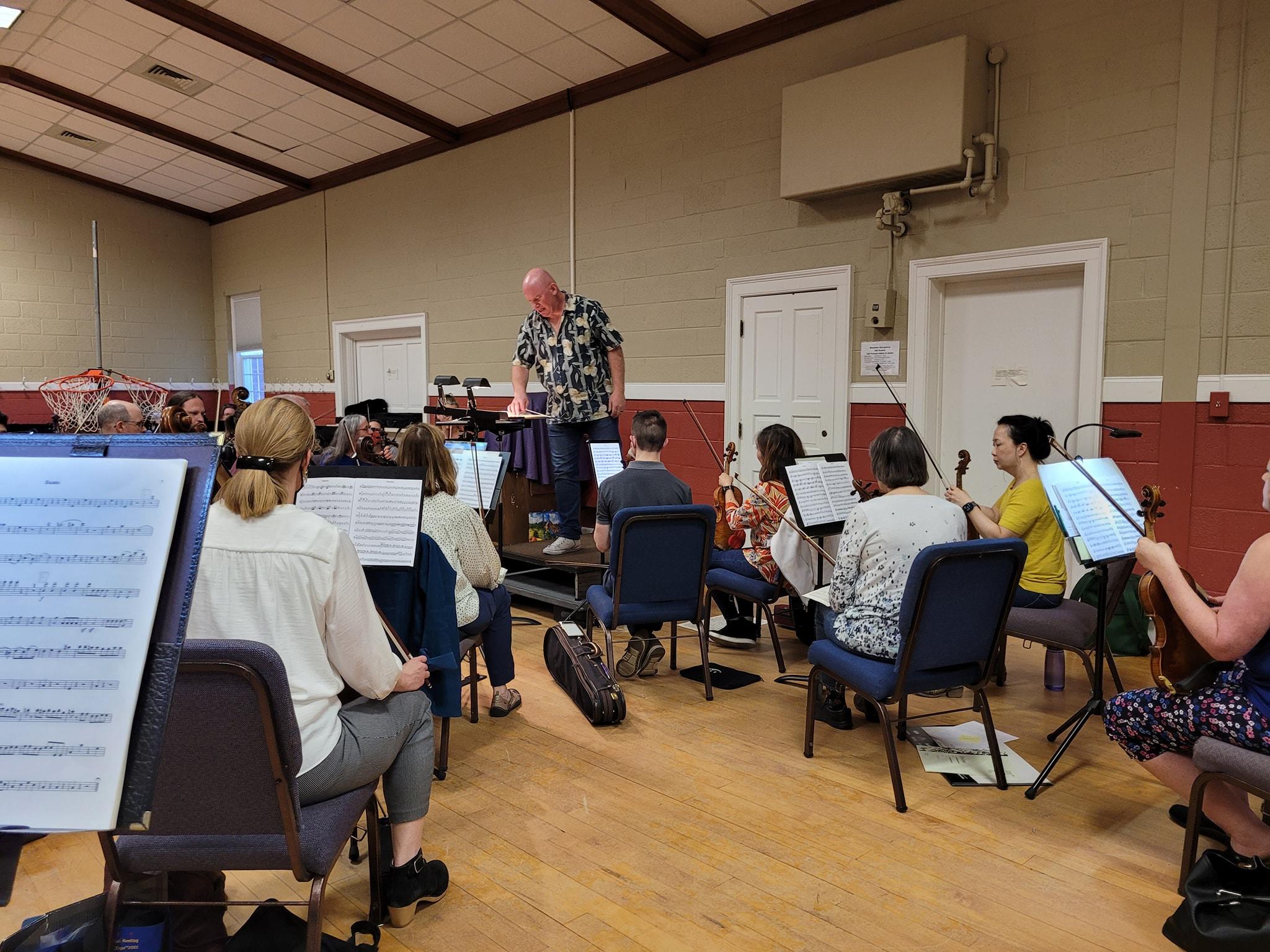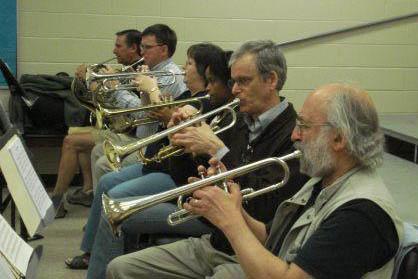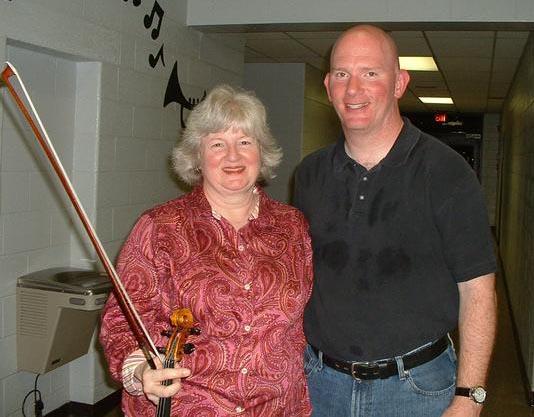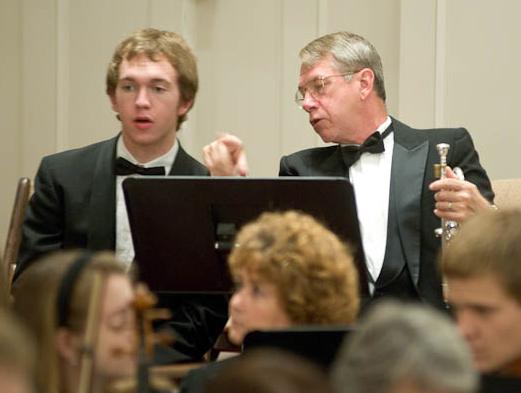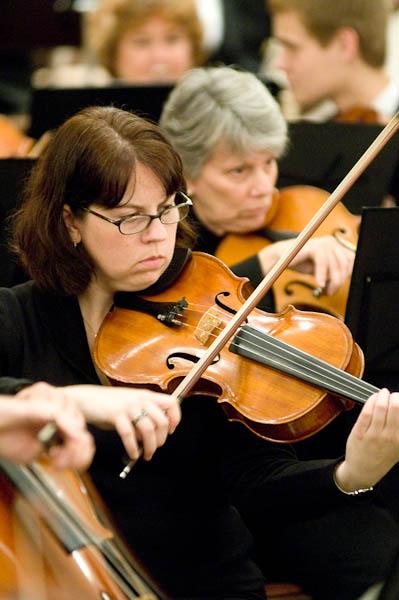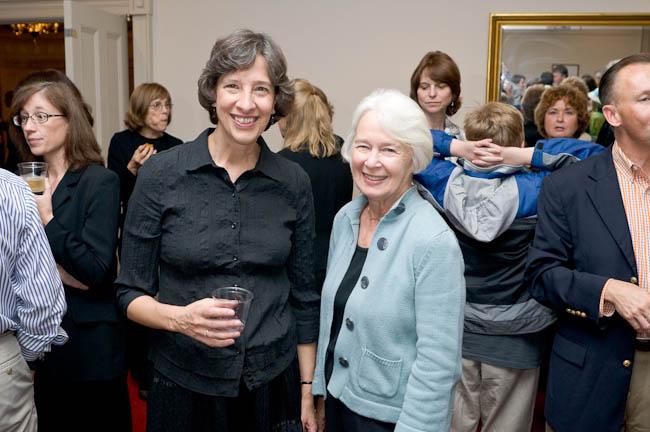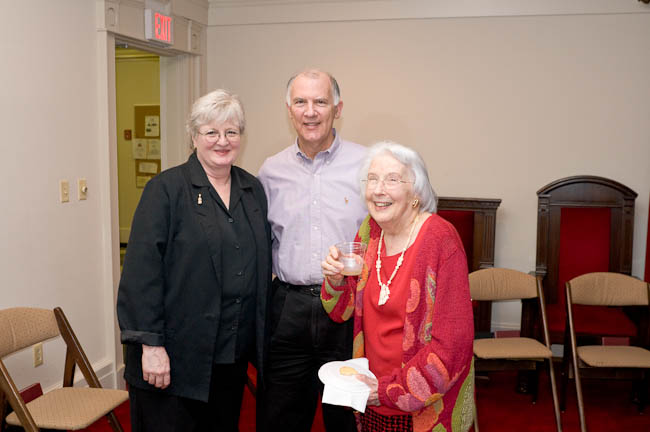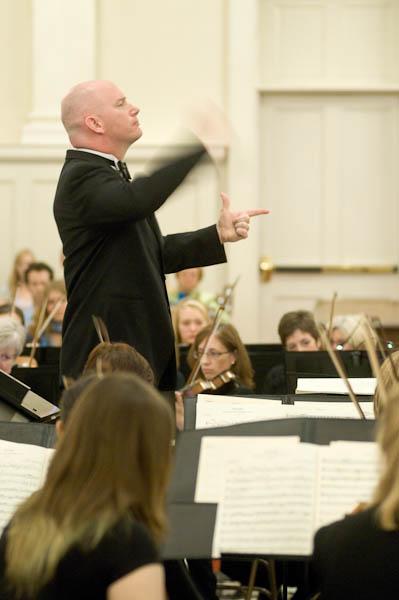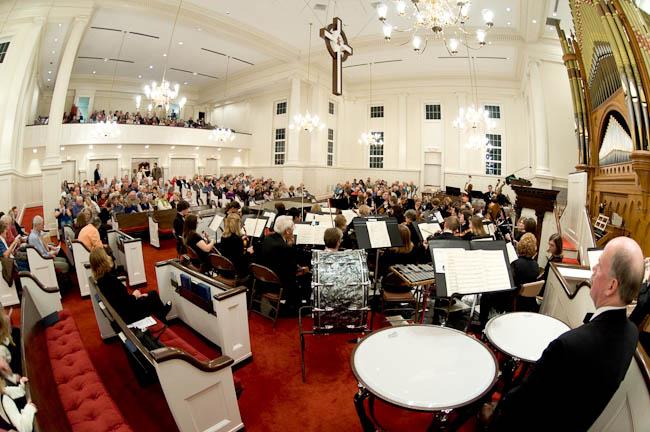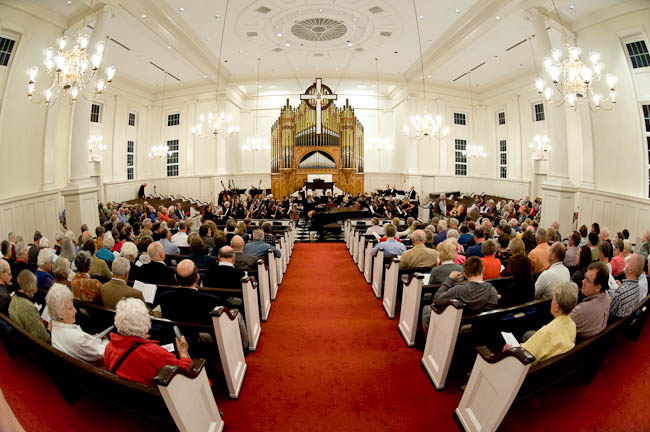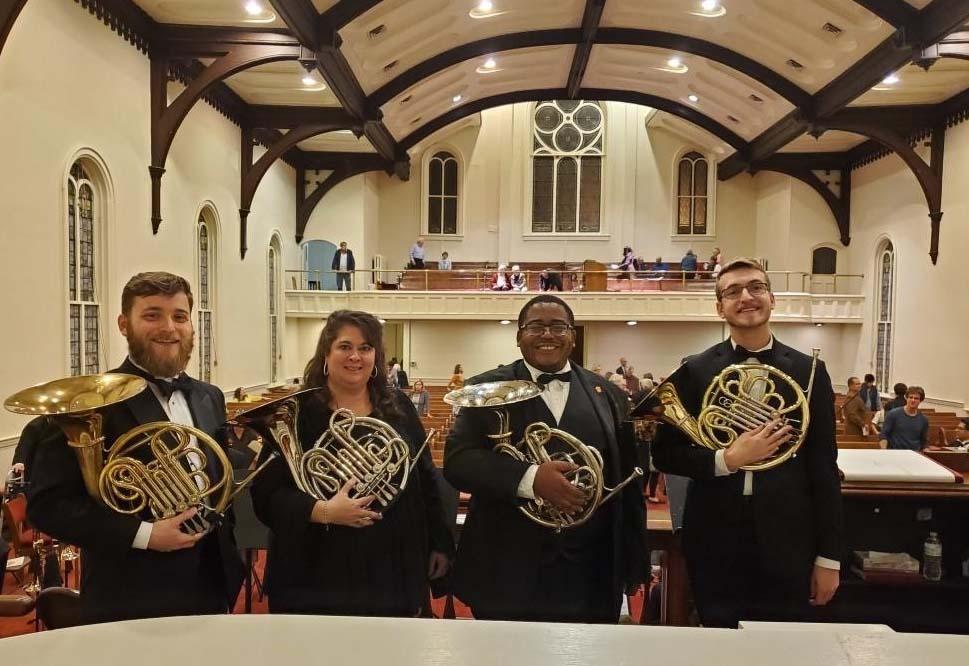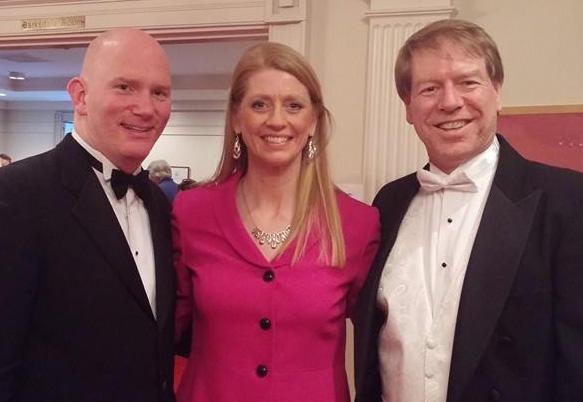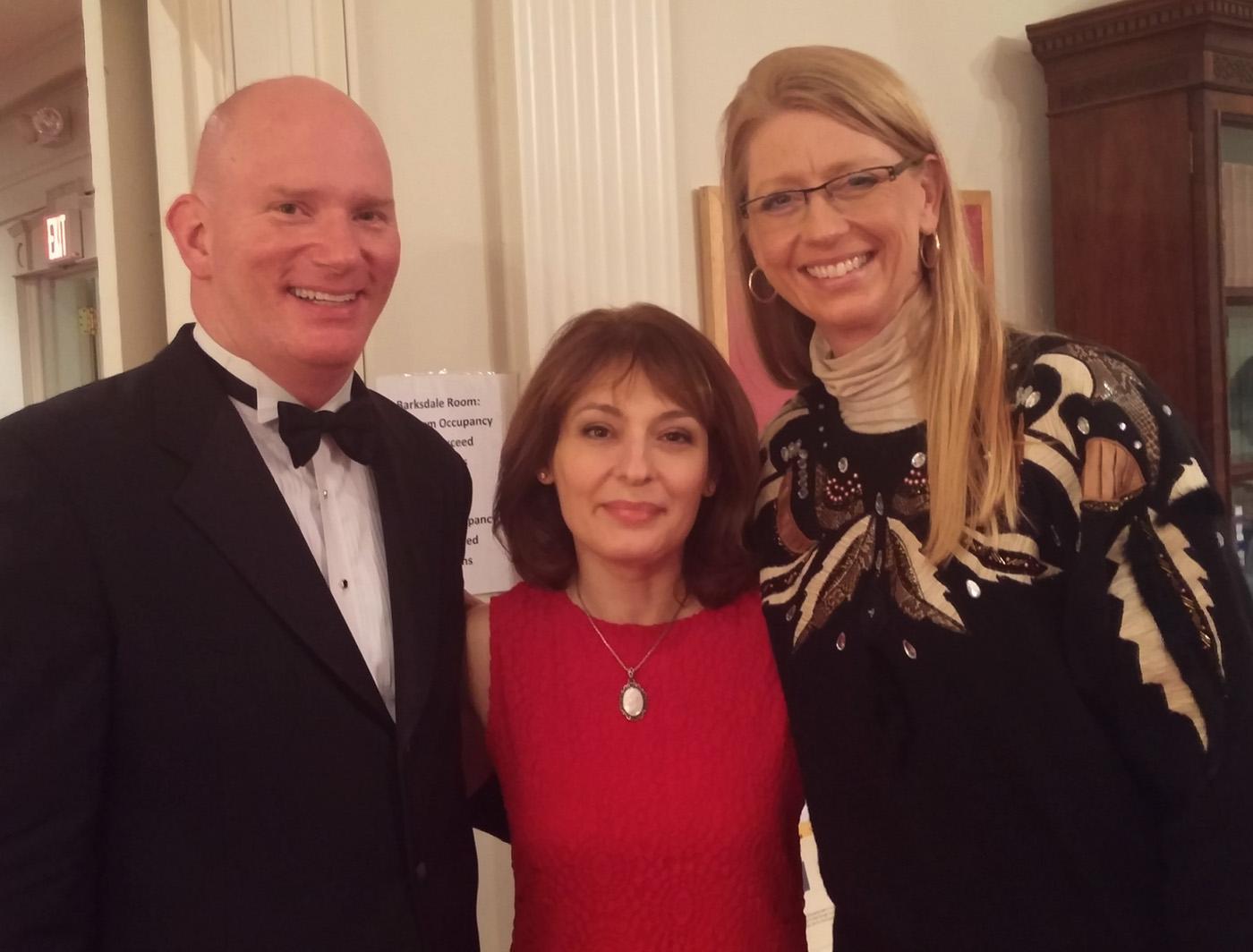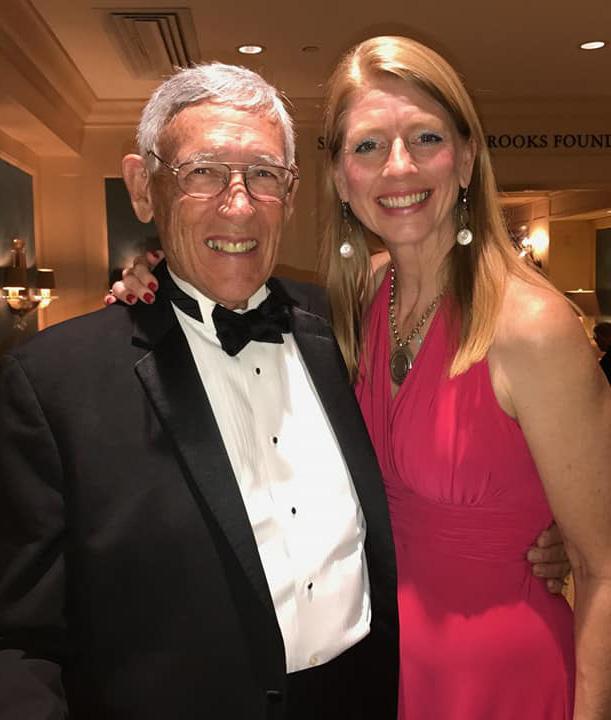History
OF THE WAYNESBORO SYMPHONY
History
OF THE WAYNESBORO SYMPHONY
“Can You Drive Over the Mountain
to Teach Some String Students?”
“Can You Drive Over the Mountain to Teach Some String Students?”

That was the simple question that Margaret “Peggy” Pinkston, a longtime Staunton resident and accomplished violinist herself, posed to Susan Black back in 1996.
At the time, they were both playing in the Charlottesville and University Symphony Orchestra (CUSO) — Susan as Principal 2nd Violin and Peggy as a community section member. Susan agreed and within 30 days she already had 10 new Waynesboro string students!
Nancy Ross, whose son Joel was one of those first young violin students, planted the seed with Susan about starting a youth orchestra in Waynesboro. At the suggestion of then CUSO Music Director, Carl Roskott, one of his Graduate Conducting students, Eric Stassen, was invited to come help start the youth orchestra. Sitting around Nancy’s kitchen table, Susan, Eric and Nancy agreed to roll up their sleeves together and the Waynesboro Community Orchestra was born.
THE FOUNDING TRIO
With Nancy Ross’ help in forming the Board and securing the rehearsal space (Springdale Mennonite Church) and Susan Black leading the students’ individual and group string instruction, Eric Stassen handled “just about everything else” – from music selection to rehearsal and even room setup and take down. The first concert of the WCO had 23 musicians performing works by Bach, Lully, and Haydn during a service at Springdale Mennonite Church.
Those first few years through the late 1990s found the Orchestra performing almost exclusively during church services at Springdale. After three years the fledgling group simply outgrew the physical space constraints of Springdale, which had limited it to a small chamber orchestra size.
The move to First Presbyterian Church of Waynesboro (one of the Symphony’s two current regular performance venues), allowed for the group to expand its size and move into performing larger works including Chopin, Schumann and Mendelssohn Piano Concertos, the Nielsen Violin Concerto, Prokofiev’s Peter and the Wolf, Bizet arias from Carmen, and Schubert’s Unfinished Symphony — mostly “non-brass” works. Maestro Stassen described his mindset for growing the young orchestra as “progressively incremental”. He felt it was important not to over-tax the skill level of the community orchestra players too quickly, as this might cause them to leave the ensemble. A more gradual raising of the difficulty level of the music would ensure a collective growth and maturity of the orchestra as a whole.
After 10 successful years of continued growth, Eric Stassen departed to pursue an advanced degree. At his departing concert, he contributed a generous gift to the Orchestra by matching the monies raised for its 10th season fundraiser — which was also when the name was officially changed to Waynesboro Symphony Orchestra. After a conductor search, cellist Jean Montès was chosen to lead WSO, but he stayed just one year. Peter Wilson was hired in 2007 and has since breathed a new level of possibility into the organization.
BEYOND THE FIRST DECADE
When Peter Wilson was interviewing to assume the role of Music Director, one of the orchestra musicians asked, ‘’Why in the world would you want to drive all the way down from DC to work with our little orchestra?!” Peter’s response was two-fold; his first response being mostly tongue-in-cheek, “Who wouldn’t want to get out of DC — even for just a few hours each week?!” This followed with a more heartfelt, “I grew up playing in a community orchestra in my hometown in West Virginia, so I know first-hand how important, impactful, and fun this experience can be for members of the community, both in the ensemble and for patrons.”
From his first day in 2007 to the present, Peter has seen the WSO as a teaching orchestra and has always worked to keep that as one of the important mission elements of the group. A violinist with the White House Orchestra of “The President’s Own” U.S. Marine Band, Peter had just been appointed String Section Commander of the Marine Band at the same time he began serving as WSO Music Director. Peter envisioned it would take about three to five years to build the core of the WSO string section to the point of being able to program larger and more challenging late 19th and 20thcentury symphonic works. Once the trust was firmly established between Peter and the WSO Strings and great progress was made, it was time to approach the Board of Directors with a plan to fund all principal chairs in the orchestra beyond just the string principals. The success of the now annual Principal Chair Fundraising Dinner proved to be a turning point in the growth of the Waynesboro Symphony – one that led to more rapid progress in all aspects of the ensemble and organization.
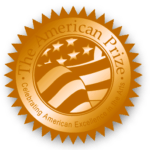 Appointing effective mentors to lead each section helps nurture the amateur players regarding not only how to approach the music, but also how to blend one’s sound to form a more unified ensemble. This has led the WSO to reach new heights and achievements, including earning The American Prize in 2021 for “Best Community Orchestra Performance” based on its live recording of Mahler’s First Symphony.
Appointing effective mentors to lead each section helps nurture the amateur players regarding not only how to approach the music, but also how to blend one’s sound to form a more unified ensemble. This has led the WSO to reach new heights and achievements, including earning The American Prize in 2021 for “Best Community Orchestra Performance” based on its live recording of Mahler’s First Symphony.
Just as Eric Stassen used an incremental approach to building the Orchestra’s repertoire, Maestro Wilson mapped out his early years with the orchestra by programming repertoire progressively more challenging over the three masterworks programs of a given season, concluding with the more ambitious works requiring technique developed in the earlier programs. Highlights from recent seasons have included performances of Brahms’ Fourth Symphony, Pärt’s Third Symphony, Shostakovich’s Fifth Symphony, Stravinsky’s Suite from “The Firebird,” Holst’s “The Planets,” Bernstein’s Symphonic Dances from “West Side Story,” Saint-Saëns’ Third “Organ” Symphony, and William Grant Still’s “Afro-American” Symphony.
For well over a decade now, the WSO has performed its annual Pops Fundraising Concert “Symphonic Masquerade” at The Paramount Theater in Charlottesville each October, and as of 2021, they have added an annual Holiday Pops Fundraising Concert in December. These events have helped grow the WSO patron base while offering a new and expansive repertoire to a wider audience.
THE STRENGTH OF A DIVERSE BOARD
Stassen, Black and Wilson all acknowledged the role the WSO Board of Directors has played in the organization’s success. Building the board with not just fine musicians and educators, but also with financial and investment professionals and well-connected community and business leaders has enabled the WSO to continue to expand its impact.
One particularly active Board member, Anne Seaton, used her connections to help launch the WSO’s annual “Symphonic Masquerade” Pops Fundraising Concert at The Paramount Theater in Charlottesville. The organization lost a tremendous champion and dear friend when Anne was tragically killed in an automobile accident in April 2021. Her vision and passion live on in the foundational work she did while serving on the WSO Board.
REMEMBERING ANNE SEATON
Board President, Charles Salembier, is proud of the work the Board has done to build up the Legacy Society to accept endowments from donor estates.
Case in point, the 2021-22 season ushered in the WSO’s first Young Artists Concerto Competition, awarding three talented high school musicians monetary prizes and the opportunity to solo in concert with the WSO.
LOOKING TO THE FUTURE
Maestro Wilson’s continued vision for the Waynesboro Symphony is summed up in the phrase “balanced growth” — exploring new repertoire, commissioning new works from contemporary American composers, continuing to support young artists with the bi-annual Concerto Competition and maintaining the excellence the organization has built as an award-winning community orchestra.
WSO MISSION STATEMENT
The Waynesboro Symphony Orchestra ( WSO ) is a non-profit organization of professional, amateur and student musicians serving Waynesboro, Staunton, Charlottesville and other Central Virginia Communities. The WSO provides dedicated instrumentalists with opportunities to collaborate in an intergenerational and educational environment, to share in the joy of music-making and to contribute to the cultural vitality of the region.
